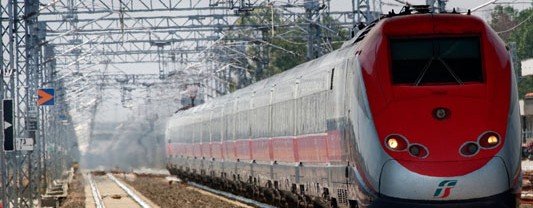Exploring the organizational structure of the Maintenance and Operations Department for Lazio which supervises a strategic area of the national rail network.
Rome and Lazio represent one of the most strategic areas of the national rail network. In fact the main national connections on the north-south main line all head for the capital, for both historical-political reasons as well as due to the geographical layout of the country.
If to this we also add the regional traffic affecting Rome on a daily basis, with hundreds of thousands of people travelling between their homes and workplace or place of study, it is easy to understand the complexities facing and brilliantly dealt with by the relative RFI Maintenance and Operations Department. We let Mr. Massimo Iorani, engineer and manager of the RFI Maintenance and Operations Department for Lazio, tell us about it and he gave us a detailed insight into the organization of the structure he is responsible for.
Railway Engineering: Mr. Iorani, you are the head of an important RFI Maintenance and Operations Department. What area are you in charge of and what are your duties?
Massimo Iorani: The Rome Maintenance and Operations Department (DTP) covers over 1,200 km of line to which we must add 1,700 track devices. This infrastructure runs mainly in Lazio, extending out into Abruzzo, Tuscany and Campania. A DTP’s main task is to guarantee availability of the infrastructure based on commercial needs, in observance of the relative safety standards. To perform this task, the DTP has an organization made up of human resources, vehicles and skills which make it possible to carry out maintenance activities and regulate circulation. Being as the DTPs are territorial operational structures of the Rete Ferroviaria Italiana, they are also in charge of other important tasks, amongst which the 5 function of owner and executor (either directly or by providing assistance to other company departments and/or companies belonging to the Group) of works to develop the infrastructure for the purpose of increasing the commercial offer in terms of quantity and quality.
Franco Tanel
Full article is available only for registered users.
Click the link below to download pdf version of Railway Engineering
